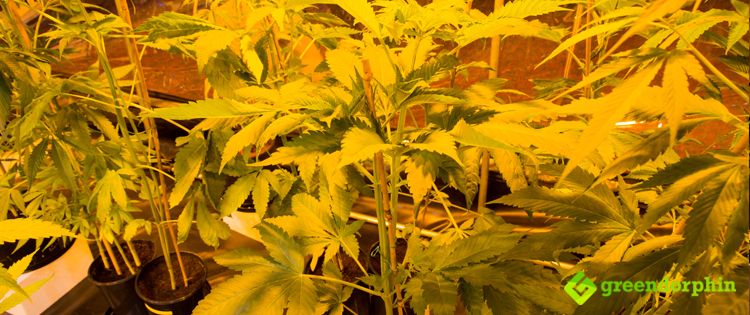Medical marijuana has a wide array of applications, soothing everything from anxiety to chronic pain.
In the past few years, the medical applications of cannabis have gained wider acceptance. More and more people are looking towards pot as a natural solution for physical and mental health issues.
While you can simply purchase marijuana from a dealer or dispensary, growing your own cannabis can be rewarding and cost-effective.
Whether you are hoping to cash in on the booming cannabis market or you’re looking to put down a few plants for personal use, growing marijuana takes some thought and planning.
One of the biggest decisions you must make is whether you want to grow your crops outdoors or indoors.
Both methods have their own pros and cons, so read on for a breakdown on each method and find the setup that is best for your lifestyle.
Growing Outdoors
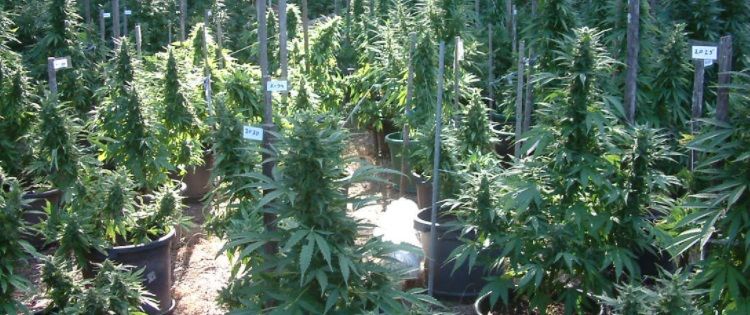
Marijuana plants grow outdoors in the wild, so having an outdoor setup will yield a more natural, organic product.
Cannabis grown outdoors has a more natural taste and smell, and because the plants have more space to grow, they will grow bigger and fuller. In fact, most outdoor cannabis operations tend to produce larger yields.
Benefits of Outdoor Growth
Plants require large quantities of CO2 in order to thrive, and in an outdoor space, carbon dioxide is easily accessible without an expensive ventilation system.
The marijuana plants can feed on the organic nutrients found in the soil, and require fewer fertilizers and nutrient solutions in order to flourish.
The other main benefit of planting pot outdoors is the lower costs. Outdoor crops don’t require the start-up investment of grow lamps and indoor plant beds and can be at least partially watered by the rain. You also avoid ongoing ventilation and electricity costs.
With outdoor growing, you can also utilize cost-saving agri-technology like drones, which are harder to deploy indoors. Technology like drones can deliver significant efficiency and getting more and more common. According to Fortune Business Insights™, The global agriculture drone market size was $1,021.1 million in 2019 and is projected to reach $3,697.4 million by 2027, exhibiting a CAGR of 18.14% during the forecast period.
Environmentalists will also note that an outdoor grow setup has a much smaller carbon footprint than indoor facilities, which leads to a cleaner, happier planet.
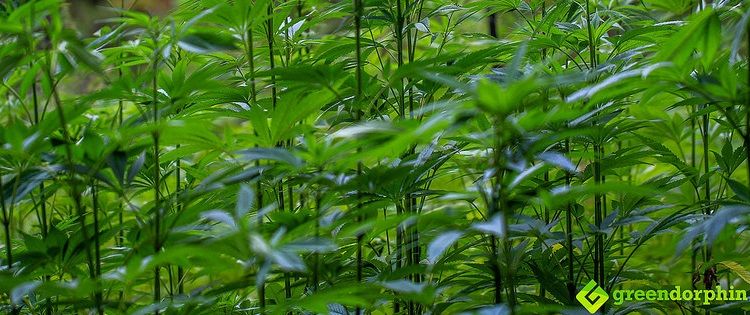
Downsides of Outdoor Growth
The downside of this more natural approach to cannabis farming is that you are reliant on the natural life cycle of the marijuana plant.
Outdoor crops require longer gestation time, and because of the growing season, most strains can only be grown once a year.
Growing outdoors comes with numerous challenges. Legally, there are a number of regulations including locales that actually allow outdoor growth.
Growing marijuana outdoors is only legal in Colorado, Michigan, Washington, and Oregon — although limitations and regulations vary by state and by the city.
Some cities will not authorize outdoor growing at all, so be sure to check with your local government about any license you may need before putting your seed down.
Outdoor growing operations also face natural challenges. They are susceptible to drought and inclement weather. Excessive rainfall can lead to plant mold, which leads to a less potent, harsher product.
Weed thrives in warm conditions, so marijuana grown outdoors in cooler climates tends to yield a less pleasant product. Farmers growing outside must adjust their watering cycles to the climate. Tornados, fires, and storms can all unexpectedly wipe out an entire field.
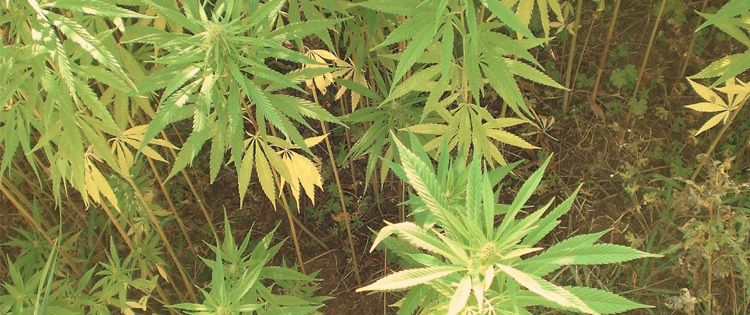
In addition, wild animals that are fond of nibbling off fresh green marijuana shoots, bug infestations, and thieves are also a threat to outdoor plants.
The exposed environment of an outdoor grow site also puts the crop at risk for cross-pollination. Bees and other pollinators may mix wild pollen into the marijuana buds, which can diminish the purity of the seed.
Outdoor Growing Tips
If you want to set up an outdoor growing situation, find a secluded location that won’t be discovered by vandals. The field should get eight hours of full natural sunlight and have good, nutrient-rich soil.
Indoor Growing
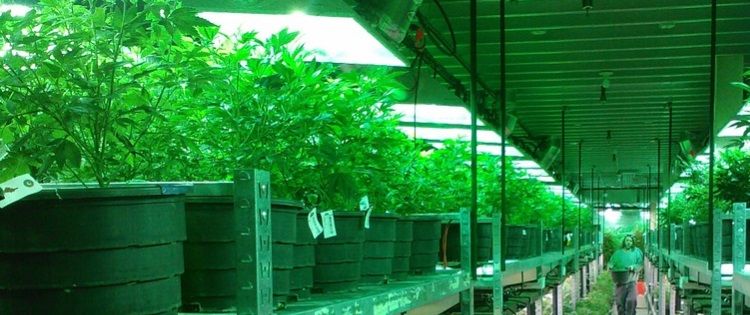
Indoor growing is the most popular way of growing cannabis due to the high level of control indoor growing allows.
An indoor grow operation also eliminates the risk of thieves, climate changes, bugs, or natural disaster destroying the product. An indoor setup is also more convenient for growing marijuana in an urban area.
Benefits of Indoor Growing
The bright lights and controlled indoor environment allow the cannabis plant to grow much faster than an outdoor crop. Unlike outdoor grow operations that must follow the growing season, indoor marijuana plants can be grown year-round, yielding numerous harvests in the same year.
In an indoor environment, the plants will grow smaller, but (depending on the strain) can be harvested every two months. A novice grower can harvest half a pound of marijuana every 60 days.
The lighting and watering systems give growers complete control over the climate, eliminating many of the risks associated with growing cannabis outdoors.
Indoor growers are also able to set the humidity and temperature at optimal levels for the cannabis plant.
An efficient ventilation system with a powerful inline fan can help regulate the environmental conditions for optimal growth.
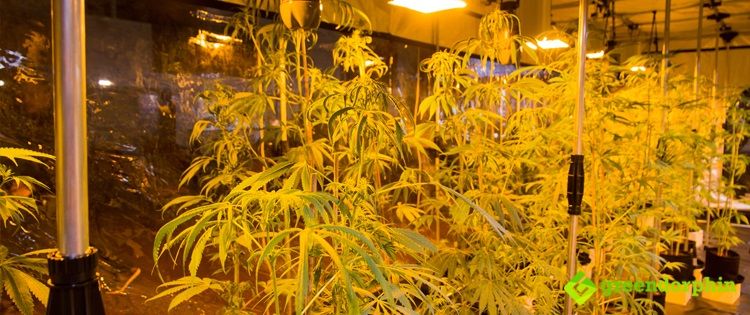
Indoor cannabis farming has been legalized in more states than outdoor growing has, although it still remains illegal in the majority of the United States.
Massachusetts, Montana, Nevada, New Mexico, Rhode Island, Vermont, Washington, Maine, Hawaii, California, Arizona, and Alaska have all legalized growing marijuana indoors for medical purposes. Both Oregon and Colorado allow indoor cannabis crops for both medical and recreational purposes.
Each state has its own regulation and licensing process and will require special paperwork before growers are allowed to put down plants.
Downsides of Indoor Growing
Good ventilation and fertilization are crucial for an indoor setup so that the plants can have the CO2 they need to thrive. However, setting up the proper ventilation and creating regular fertilization routines can be difficult and costly.
Indoor marijuana farms come at a high price. The necessary grow lights, watering systems, and ventilation can cost thousands of dollars upfront.
Besides these initial costs, the high wattage light bulbs required to grow cannabis suck up large amounts of electricity, resulting in high monthly utility bills. Some indoor growers report monthly energy bills upwards of $4500.

Indoor Growing Options
If you decide to go with an indoor set up you will have to pick between a hydroponic, aquaponic, or traditional grow system.
Hydroponic and Aquaponic Growing
Hydroponic growing eliminates soil in favor of specially produced, nutrient-rich aquatic solutions. Instead of being cultivated in soil, hydroponic plants are fed with this nutritious solution in a water-based environment.
For aquaponic growing, in particular, fish (or other aquatic organisms) are used to provide nutrients for the plants.
There are numerous hydroponic growing designs to choose from. Some growers use a wick to slowly feed the plants, others submerge the plant roots in water culture. And still, others use a water drip system to gradually water the plants.
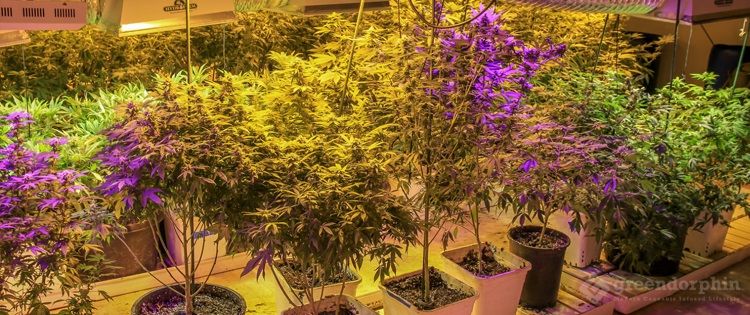
Traditional Growing
Traditional growing methods use the nutrients in the soil to feed the plants. Generally, premixed soils are added to the pots that hold your seeds, and then regularly irrigated and drained.
You can swap out small pots for large ones as your plants grow which is very beneficial for Sativa strains that tend to grow taller than Indica strains.
Deciding Between Indoor and Outdoor Growing
Deciding if you want an outdoor or an indoor setup is the biggest decision a new grower has to make.
Both methods have their own challenges and benefits. Each cannabis grower must decide what is right for them based on their location, climate, startup capital, and their own preferences.
So have you decided on what setup you prefer? Share your views/experience with our community in the comments below.
- Indoor vs. Outdoor Marijuana Growing | Pros and Cons - June 19, 2017

